Jirisan Manbokdae Peak (지리산 만복대)
18.8Km 24999 2021-02-05
Sandong-myeon, Gurye-gun, Jeollanam-do
+82-61-780-7700
Manbokdae Peak in the west soars at the boundary between Sandong-myeon, Gurye-gun and Namwon-si at 1,433.4 meters above sea level. ”Man” means “full of something” and “bok” means “fortune.” Like the name, Manbokdae is considered as a fortunate mountain with great views as it is surrounded by smooth hills. According to an old story, Manbokdae Peak was chosen as one of the 10 scenic areas, where people come to receive good fortune.
Samhwa Gwangwang Nongwon (삼화관광농원)
19.1Km 34468 2024-03-04
208 Immyeon-ro, Gyeom-myeon, Gokseong-gun, Jeollanam-do
061-362-8586,7
Samhwa Gwangwang Nongwon is a Korean restaurant specializing in duck dishes. Its signature menu is the ori jeongol (duck hot pot). The rich broth, boiled with ample duck meat, vegetables, and perilla seeds, is exceptionally flavorful. Another popular dish is the ori jumulleok (spicy stir-fried marinated duck), where tender meat seasoned with spicy yet sweet sauce pairs perfectly with steamed white rice.
Namwon Aircraft & Space Observatory (남원항공우주천문대)
19.2Km 17093 2024-04-07
48-63, Yangnim-gil, Namwon-si, Jeonbuk-do
+82-63-620-6900
Chosen as a government funded project, Namwon Aircraft & Space Observatory was granted 4.6 billion won by the Ministry of Science, ICT and Future Planning in 2006 for project development.
The three-story observatory, with a total area of 6,532 square meters, has an exhibition hall showing the history of space aviation, an aviation experience hall, and a 10-meter-wide dome showing images of the night sky. The secondary observatory is equipped with a 600 millimeter telecope and other astronomical telescopes ranging in focal length from 125 millimeter to 350 millimeter for observing Namwon's night sky. In addition to the telecopes, retired combat planes from the air force, including the main fighter plane Phantom from the 1970s, are displayed outside.
Namwon Aircraft & Space Observatory offers programs such as tours and experience programs for groups. These include a 4D film experience of the sun and celestial bodies, a virtual aviation experience, and lectures about astronomy, all of which can accommodate up to 120 people per session. A variety of classroom learning activities are also offered in the summer to attract more visitors.
Chunhyang Festival (춘향제)
19.5Km 23174 2024-04-07
1447 Yocheon-ro, Namwon-si, Jeonbuk-do
+82-63-620-5770
Taking place in Namwon, Chunhyang Festival celebrates the love between Chunhyang and Lee Mongryong, based on the famous Korean love story, Chunhyangjeon. Held since 1931, the festival aims to spread the story not only around Korea but to international visitors as well through hands-on experiences and moving performances. The highlight of the festival is the beauty pageant that attracts many people.
Namwon National Gugak Center (국립민속국악원)
19.5Km 13636 2024-04-07
54, Yangnim-gil, Namwon-si, Jeonbuk-do
+82-63-620-2324
The Namwon National Gugak Center, located in the birthplace of pansori, invites visitors to the enchanting world of Korean folk music, a genre known for its explicit beauty. Opened in March 1992, the center offers a variety of regular folk performances and educational programs.
Chunhyang Culture & Art Center (춘향문화예술회관)
19.6Km 8820 2024-04-07
43, Yangnim-gil, Namwon-si, Jeonbuk-do
+82-63-620-5724
Located in Namwon, the birthplace of gugak (Korean classical music), the Chunhyang Culture & Art Center was established to preserve and promote the cultural asset, while providing spaces for art and culture.
Gwanghalluwon Garden (광한루원)
19.6Km 25195 2024-04-07
1447, Yocheon-ro, Namwon-si, Jeonbuk-do
+82-63-625-4861
Originally known as Gwangtongnu, Gwanghalluwon Garden was built by Hwang Hui Jeongseung in 1419 during the reign of Joseon dynasty’s King Sejong. Because of its outstanding beauty, Governor Jeong In-ji gave the garden the name ‘Gwanghallu’ in 1444, comparing it to a garden from the palace on the moon. It is famous as the location where Lee Mong-ryong and Chunhyang (two lovers from a well-known Korean folk story) first met. In the 1920s Chunhyangsa Temple was established in the neighboring area and a portrait of Chunhyang was hung in a place of honor. The garden is the venue of the Chunhyangjae Festival every spring, celebrating the deep and lasting love of the famous couple. The area around Gwanghalluwon Garden is full of many attractions, includes Ojakgyo Bridge, symbolizing the bridge connecting Chilseok and Gyeonwu from the traditional story of Chilseok, as well as Chunhyang Hall, Wolmae-jip (house of Chunhyang's mother), Wanwoljeong Pavilion, Yeongjugak Pavilion, Samsinsan and many other traditional buildings.
Gwanghallu Pavilion (광한루)
19.6Km 17523 2024-04-07
1447, Yocheon-ro, Namwon-si, Jeonbuk-do
+82-63-620-6172
Rebuilt in 1638 (the 16th year of King Injo), Gwanghallu Pavilion is one of the Joseon dynasty’s most exemplary structures. The pavilion was constructed in 1419 by Hwang Hui, a noted prime minister in the early Joseon dynasty, during his exile to Namwon. The name of the pavilion at that time was Gwangtongnu. In 1434, while the pavilion was undergoing reconstruction, scholar and politician Jeong In-ji called it Gwanghallu after Gwanghancheongheobu, the mythical palace on the moon. Designated as Treasure No. 281, the pavilion is one of four major pavilions known for excellent craftsmanship, along with Yeongnamnu Pavilion (Miryang), Chokseongnu Pavilion (Jinju), and Bubyeoknu (Pyeongyang). Gwanghalluwon Garden, which consists of Gwanghallu Pavilion, a pond, Bangjangjeon Pavilion, and Yeongjugak Pavilion form Historic Site No. 33.
Namwon Newly-appointed Governor’s Procession (남원 신관사또부임행차)
19.6Km 1199 2024-04-07
17, Yangrim-gil, Namwon-si, Jeonbuk-do
• 1330 Travel Hotline: +82-2-1330 (Korean, English, Japanese, Chinese) • For more info: +82-63-633-5353
Namwon Newly-appointed Governor’s Procession is a fusion performance about the parade for celebrating the appointment of Byeon Hak-do as Namwon governor in the story of Chunhyang, set in Gwanghalluwon Garden, one of Namwon’s representative cultural resources. The event connected to Gwanghalluwon Garden and the Chunhyang Theme Park takes place from April to October every year, giving various spectacles and activities to visitors. The parade starts from the Plaza of Love and ends at Gwanghalluwon Garden, where various shows such as Gisaeng Jeomgo, military processional music performance, Yukbang performance, and a fan dance by gisaeng (female entertainers) are performed. In addition, fun activities like experiencing the punishment of the Joseon dynasty, folk games, and a photo event are arranged for visitors. This performance has been designated as a Standing Cultural Tourism Program since 2008.
Gurye Yeongoksa Temple (연곡사 (구례))
19.7Km 26862 2021-02-09
774, Piagol-ro, Gurye-gun, Jeollanam-do
+82-61-782-7412
Yeongoksa Temple is located in Naedong-ri, Gurye-gun and was constructed in 543 by Yeongi, a high Buddhist monk, who also helped create Hwaeomsa Temple. The temple was destroyed during the Imjin War (1592-1598) and the Korean War. In spite of the damage, the temple has continued to house two national treasures and four treasures. Starting from March 1, 1981 with the original Beopdang Hall, the temple began to be rebuilt due to the efforts of the leading monk at the time, Chang Sungbu.
Acording to legend, Yeongi discovered a pond in the current sanctuary area when reading about the land's topography. While he was looking at the middle of the pond, one swallow flew from a whirlpool. After that, the pond began to dry up and the place was then used for the temple. As such, the name Yeongok refers to the phenomenon of "Yeon," a swallow, and "Gok," a valley. There is a memorial plaque for Go Gwang-sun, a patriotic leader who fought against Japanese power during the Japanese colonization period while taking shelter at Yeongoksa Temple

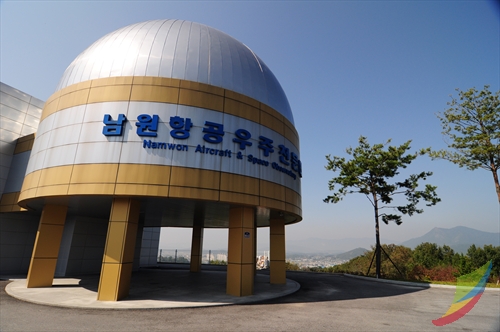
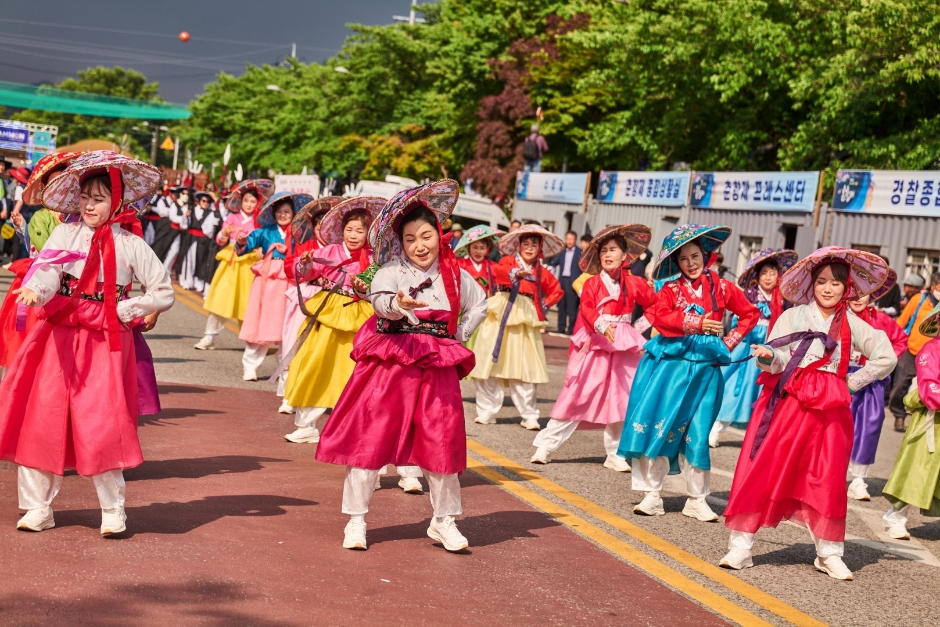
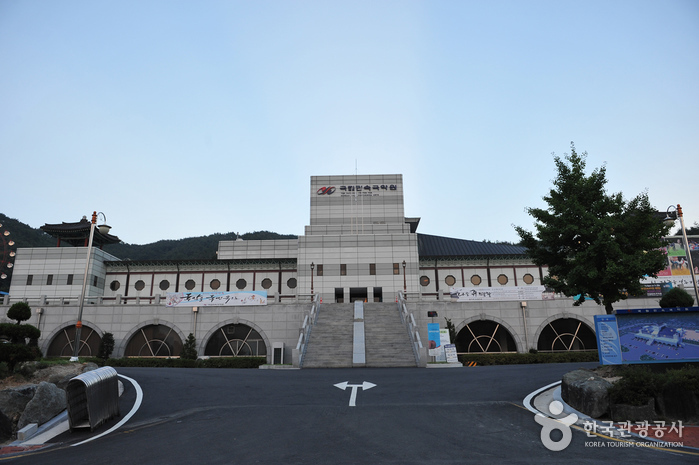
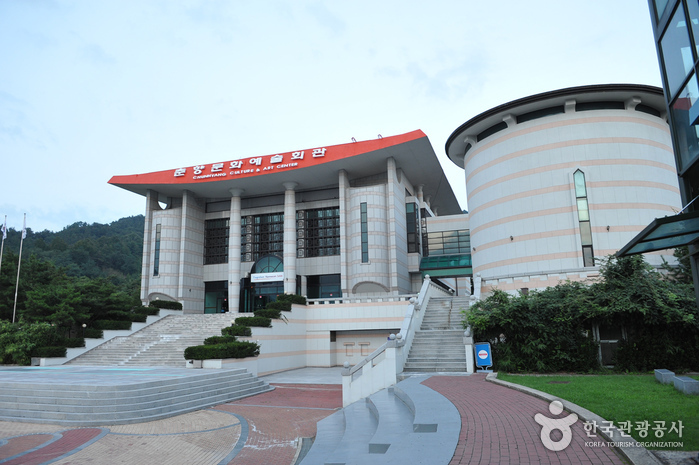
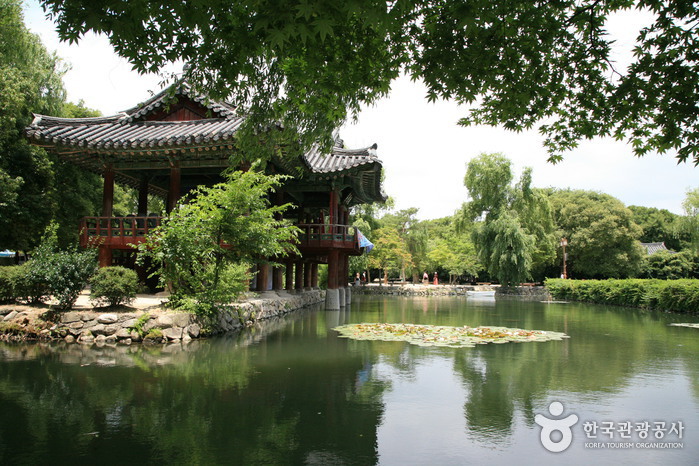
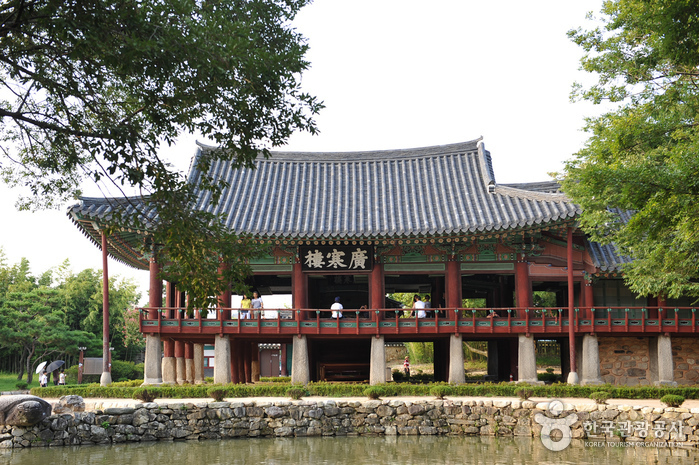
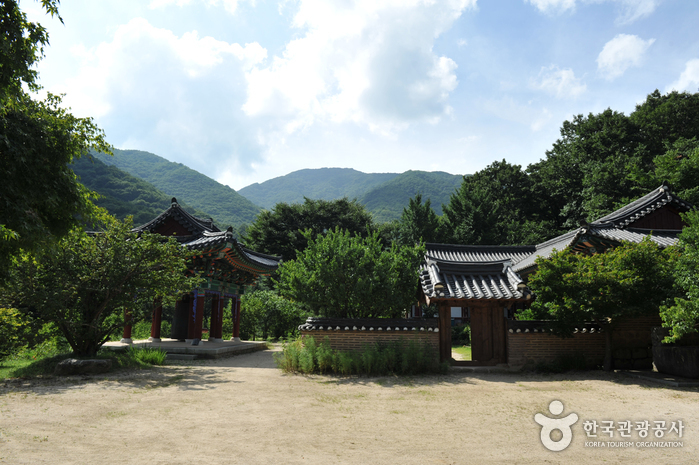
 English
English
 한국어
한국어 日本語
日本語 中文(简体)
中文(简体) Deutsch
Deutsch Français
Français Español
Español Русский
Русский